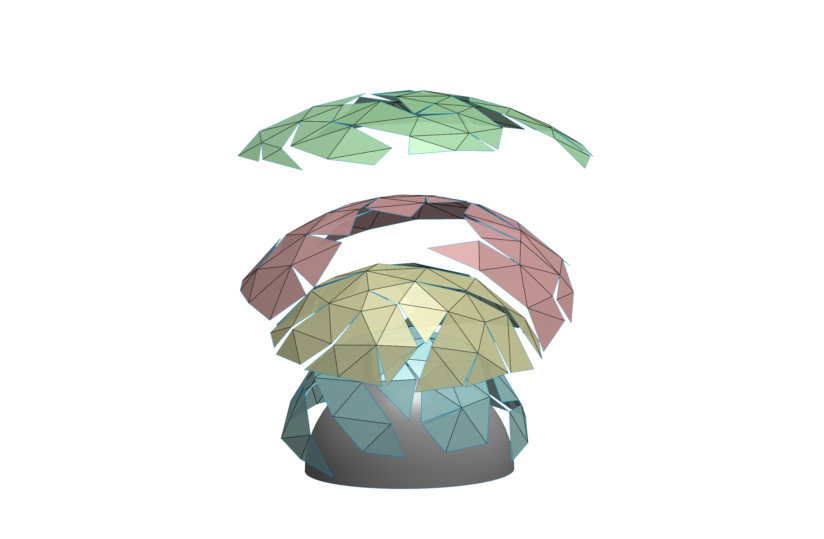Penn researchers have developed a universal algorithm that allows 2D materials to retain mechanical strength after conversion into 3D structures.
The algorithm is the subject of a study in Science Advances led by Shu Yang, Joseph Bordogna Professor and Chair of the Department of Materials Science and Engineering (MSE) in the School of Engineering and Applied Science, along with MSE postdoctoral fellows Lishuai Jin and Young-Joo Lee and collaborators Michael Yeager and Daniel J. O’Brien of the DEVCOM Army Research Laboratory.
The team’s work takes inspiration from kirigami, an East Asian papercutting art, to create a mathematically sound method of cutting and stacking flat materials into durable curved objects.
The advance addresses a longstanding blind spot at the intersection of mechanical engineering and materials science: Hardwearing materials with high mechanical integrity lose strength when manipulated into three-dimensional (3D) forms. Yet this loss is rarely quantified or questioned, even when these materials are selected for protective or load-bearing applications.
“Once you introduce cuts,” says Jin, “the material is always weaker. Surprisingly, in protective applications, engineers have prioritized shape and fit over mechanical properties. They assume high-strength materials remain high-strength materials even after slicing out darts to avoid wrinkling or cutting and layering to line a mold. But every cut is a defect that compromises the mechanical properties of a material, and this is exactly what our algorithm resolves.”
This story is by Devorah Fischler. Read more at Penn Engineering Today.


